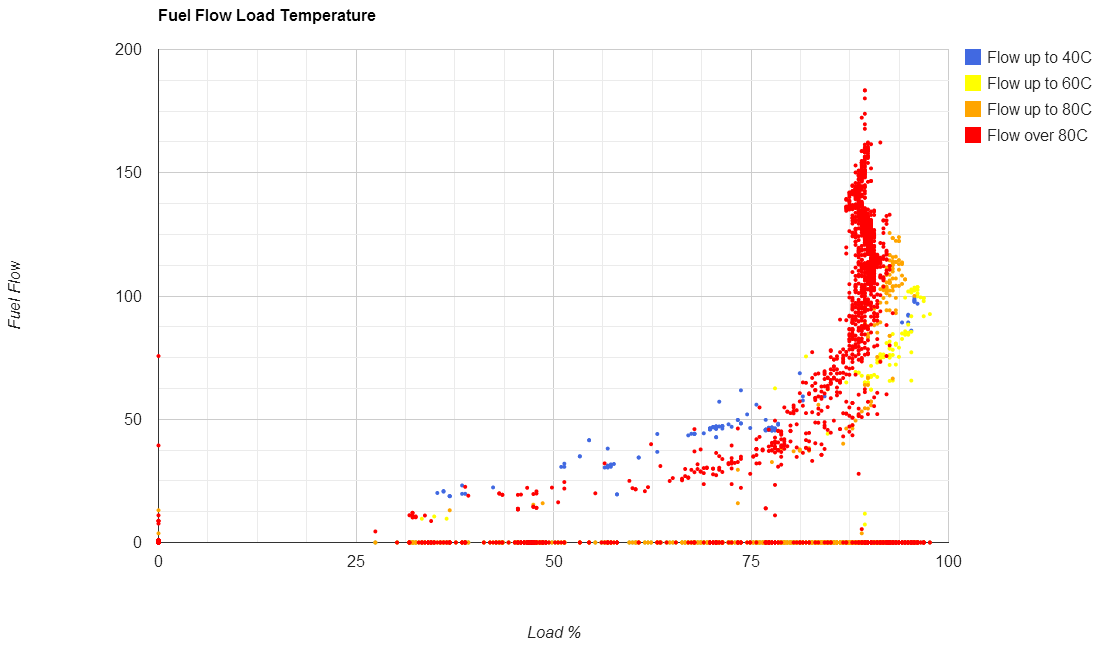It's one of the most recurring questions: how many km can you drive with a single battery bar?
No one knows this equation, but if theory is too hard, we can try to solve it by trial and error.
Let's pick all the EV sequences out of a trip.
For each sequence, calculate the difference between ending SOC and starting SOC.
Dividing that difference by the distance in the same sequence, we'll find how many km have been done with each percentage point of SOC.
Iterate for all sequences and get the average value.
This values seems to be related to road and driving style.
Different car models should have different values too.
For each sequence, calculate the difference between ending SOC and starting SOC.
Dividing that difference by the distance in the same sequence, we'll find how many km have been done with each percentage point of SOC.
Iterate for all sequences and get the average value.
This values seems to be related to road and driving style.
Different car models should have different values too.
Here are some results on my common trips:
highway: 3.249163337
hill road: 2.466879256
urban: 8.811943764
Please note that the numbers above represents how many SOC % points are needed to drive 1 km in EV in the specified road types.
Some explainations:
in a urban environment, you need 8% SOC to drive 1 km, while driving up and down hill a little more than 2 will suffice.
One of the reasons is that city driving is usually full of starts, stops and changes of pace, while country roads lead to higher and constant speed.
There's a thread about this on the Hybrid Synergy Forum here: http://www.hybrid-synergy.eu/showthread.php?tid=47601
hill road: 2.466879256
urban: 8.811943764
Please note that the numbers above represents how many SOC % points are needed to drive 1 km in EV in the specified road types.
Some explainations:
in a urban environment, you need 8% SOC to drive 1 km, while driving up and down hill a little more than 2 will suffice.
One of the reasons is that city driving is usually full of starts, stops and changes of pace, while country roads lead to higher and constant speed.
There's a thread about this on the Hybrid Synergy Forum here: http://www.hybrid-synergy.eu/showthread.php?tid=47601






















